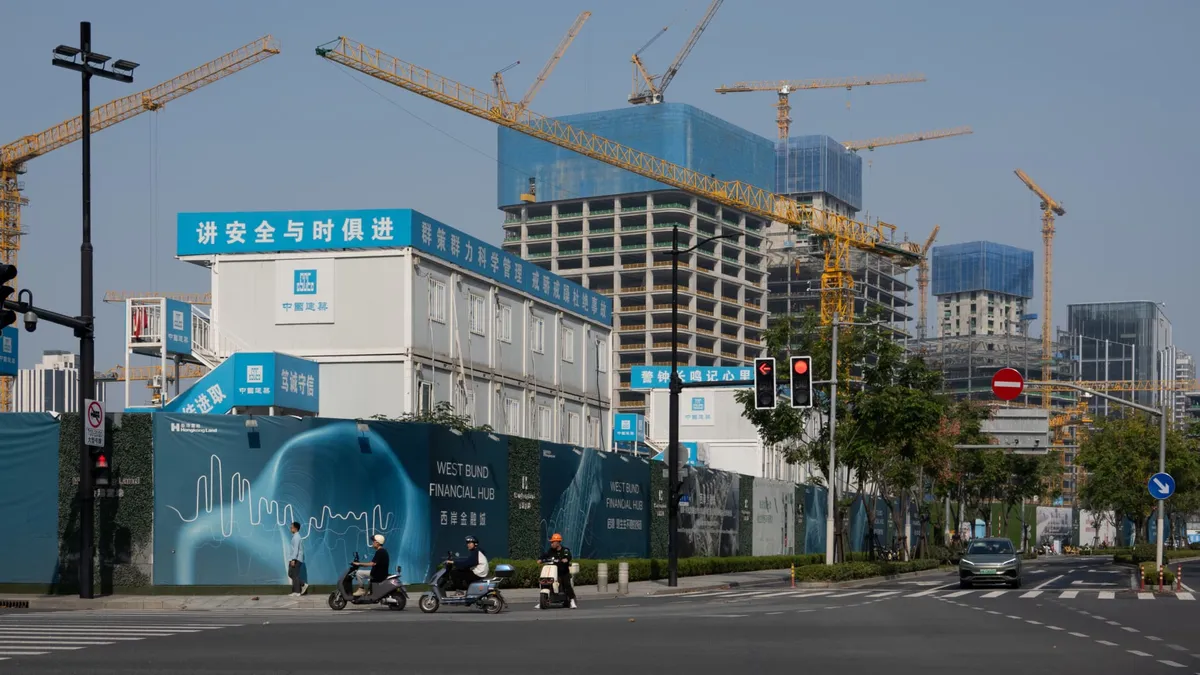
China's economy has demonstrated a modest pickup for the first two months of the year, as reported by the National Bureau of Statistics on Monday. This uptick aligns with Beijing's ongoing commitment to enhance domestic consumption. Notably, retail sales surged by 4.0% in the January-February timeframe compared to the previous year, marking an improvement from the 3.7% year-on-year growth recorded in December and matching the estimates provided by Reuters.
In addition to retail sales, industrial production also saw an increase, climbing 5.9% during the first two months of the year. Although this growth rate was slower than the 6.2% achieved in December, it surpassed the 5.3% expansion forecasted by analysts in a Reuters poll. The statement noted that growth in the equipment-making and high-tech manufacturing sectors accelerated, with increases of 10.6% and 9.1% respectively.
Further underscoring the economic recovery, fixed asset investment reported on a year-to-date basis rose by 4.1%, exceeding economists' expectations of 3.6% and representing a significant increase from the 3.2% rise seen last year. The statistics agency attributed these positive trends to the sustained effects of several stimulus measures implemented by the government, despite cautioning about a complex external environment, insufficient domestic demand, and operational difficulties faced by enterprises.
The data release coincided with the announcement of a comprehensive plan by Chinese policymakers aimed at stimulating domestic consumption. This plan reiterates Beijing's commitment to increasing residents' income and household spending. The notice, published on Sunday, outlined intentions to stabilize the stock market, establish a childcare subsidy scheme, and boost tourism. However, the document lacked specific implementation details, raising questions about the effectiveness of these measures in addressing long-standing issues such as slowing income growth and an inadequate social safety net.
Lynn Song, chief China economist at ING, commented via email to CNBC, stating that while the document may lack concrete details, it is encouraging that policymakers are addressing these critical themes. This approach could aid in the long-term transition to a consumption-driven economy.
Despite these positive indicators, China's urban unemployment rate rose to 5.4% in February, the highest level in two years, according to LSEG data based on official figures. Additionally, separate data indicated that new home prices in China fell by 4.8% in February compared to the previous year, a slight improvement from the 5.0% drop in January. Investments in real estate development also saw a decline of 9.8% year-on-year over the first two months, although this was an improvement over the 10.6% decline reported in December.
These figures reflect the challenges faced by policymakers in providing credit support to cash-strapped developers. Zichun Huang, a China economist at Capital Economics, noted in a recent report that the government's efforts to stabilize the real estate sector are critical for economic recovery.
Chinese leadership has set an ambitious growth target of around 5% for the year, a goal that appears increasingly challenging due to rising trade tensions with the U.S. and persistent deflationary pressures. Fu Lingui, spokesperson for the statistics bureau, acknowledged during a press conference that achieving this year's growth target will be difficult. Economists suggest that stronger stimulus measures will be necessary to meet this target and to bolster domestic consumption, especially as exports, which constituted nearly a quarter of China's GDP last year, may slow down.
In a sign of waning demand, China's consumer price inflation fell below zero in February for the first time in over a year. This trend prompted Beijing to revise down its annual inflation target to around 2%, the lowest in more than two decades, reflecting an acceptance of the current deflationary environment.
As part of a broader fiscal package, Chinese leaders pledged an additional 300 billion yuan ($41.5 billion) in ultra-long special treasury bonds aimed at supporting consumer subsidies. However, beyond the trade-in program, existing stimulus measures have not effectively targeted consumers directly, highlighting the need for more focused efforts to stimulate economic recovery.